- Home
-
Topics
- Back to parent navigation item
- Topics
- Emerging Technologies
- Sustainability
- Consumer Experience
- Regulation & Compliance
- Protection
- Circular Economy
- Reuse
- Smart Packaging
- E-Commerce
- Business & Collaboration
- Food
- Beverages
- Pharmaceutical
- Personal Care
- Flexibles
- Rigid Packaging
- Renewables
- Production Line & Efficiency
- Print & Labelling
- Recyclability
- Carbon Emissions
- Social Impact
- Sections
- Events
- Sustainable Packaging Summit
- MEMBERSHIP
Circular Plastics
2025-04-01T13:44:00+01:00
Sponsored Stories
-
From our sponsors
Schubert teams up with MultiPac and Varta on ‘transport-safe’ cardboard battery packaging
2025-11-19T11:06:00 Sponsored by Gerhard Schubert
-
From our sponsors
CHINAPLAS 2026: Quality growth driven by technology, thriving future powered by green solutions
2025-12-03T08:25:00 Sponsored by Chinaplas
-
From our sponsors
Accelerate the journey from design to market with Smurfit Westrock’s Design2Market
2025-11-19T14:07:00 Sponsored by Smurfit Westrock
-
From our sponsors
A small switch with a big impact: SWM International’s straw paper wrapping
2025-12-01T13:29:00 Sponsored by SWM International
-
Sponsored Content
Wrapping products in heat-sealable cellulosic flexibles with SWM International
2025-11-12T12:30:00 Sponsored by SWM International
-
From our sponsors
EFI delivers right-sized, on-demand production at scale with new box system
2025-12-09T14:36:00 Sponsored by EFI
-
From our sponsors
Think outside the ‘pack’: PakTech’s guide to sustainable secondary multi-packing
2025-12-01T12:20:00 Sponsored by Paktech
-
From our sponsors
The importance of packaging design in SWM International's paper portfolio
2025-11-24T10:05:00 Sponsored by SWM International
-
From our sponsors
Foopak Bio Natura strengthens global and European presence with sustainable paperboard
2025-12-01T12:43:00 Sponsored by APP
-
From our sponsors
Interzero reports PCR supply gap of around 1 million tonnes in 2030
2025-12-01T14:48:00 Sponsored by Interzero
-
Sponsored Content
New from Ahlstrom: a lightweight, recyclable, heat-sealable barrier paper
2025-11-28T11:49:00 Sponsored by Ahlstrom
Related articles
-
Article
New ALPLA plant brings design, development, and production to Thai customers
2025-02-13T10:13:00Z
-
Podcast
Topic of the month: Circular Plastics with H.B. Fuller's Elizabeth Staab
2025-02-10T11:55:00Z
- About Us
- Submissions
- Contact us
- Magazine
- Media Pack
- Terms & Conditions
- Privacy Policy
- © 2025 Packaging Europe Ltd
Site powered by Webvision Cloud

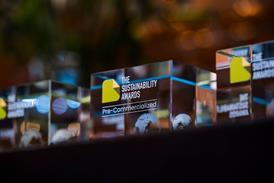
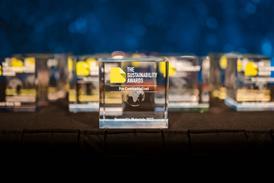
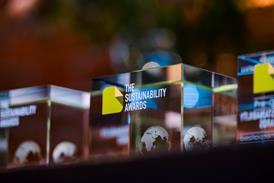
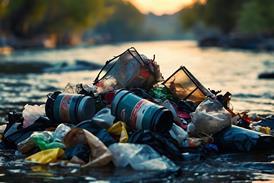
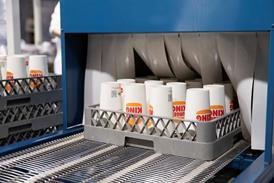
















No comments yet